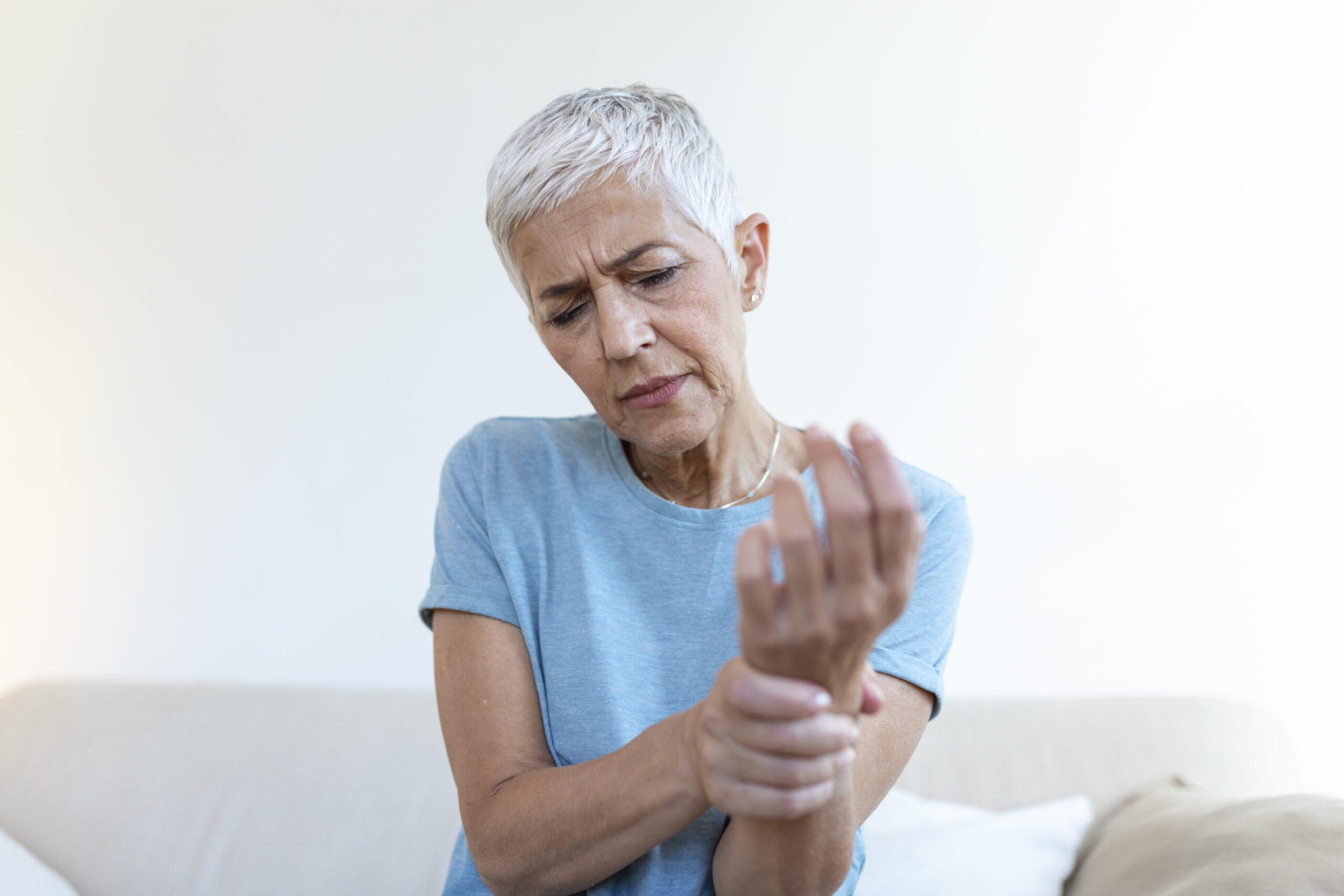A Thorough Guide to Improve Your Posture

A good posture is not just about looking your best. It is crucial for your long-term health, both physically and mentally. The spine, after all, lays the foundation of our neurological health. Thus, it is important to maintain its natural ‘S’ shape no matter what. Whether you are standing still or moving around, the spine should be in a neutral alignment without straining the tendons, ligaments and muscles. An unregulated poor posture causes a wide slew of painful conditions such as neck pain, backache, headaches and more.
What is a Good Posture?
A good posture is how you hold your body in the right way. It allows even distribution of weight on both legs. It refers to the neutral alignment of the spine which places minimal strain on joints, muscles and ligaments.
Components of the correct posture:
Head- Position the head with ears aligning with the shoulders.
Shoulders- Relax shoulders without slouching.
Spine- Maintain the natural curves of your spine.
Hips- Keep the hips neutral without tilting them forward or backward.
Knees- Bend the knees slightly without locking them.
Feet- Keep the feet at a shoulder-apart distance.
People have this misconception that a good posture is important only in a certain position. But, the truth is you should maintain the right posture irrespective of what you are doing. Whether you are standing, sitting or lifting something off the floor, you must do it in an accurate posture to avoid injuring yourself.
Why Do You Need the Right Posture?
Having the right posture does more than just make you look good. Here are the main benefits of a good posture:
No stress on muscles and joints
Proper spinal alignment reduces the wear and tear of muscles and joints. Thus, it prevents the risk of further injuries.
Better circulation and breathing
A straight posture facilitates better blood circulation and lung expansion.
Sophisticated appearance
A good posture makes you look more poised and even taller. It helps build self-confidence about one’s outlook.
Reduced dependence on pain meds
Poor posture is often the main cause of chronic pain such as neck pain, headaches, shoulder stiffness, and back pain. Adopting the correct posture can prevent the problems.
All in all, once you learn the techniques to improve your posture, it is easier for you to lead a healthy lifestyle. You feel more confident with yourself and can focus better on work.
Physical Therapy Tips to Improve Your Posture
By now you know how important a correct posture is for your overall health and well-being. It can help you prevent stress, strain and fatigue on your muscles, joints, tendons and ligaments. You can prevent chronic pain and continue doing the things you love healthily. Physiotherapists share the following effective ways to adopt and maintain a good posture for a better, healthy lifestyle in the future.
Perform the basic exercises daily
Various simple posture correction exercises can help you maintain the correct posture. Initially, the physiotherapists can guide you through them unless you master the techniques yourself. In fact, posture assessment is the first thing they do at physiotherapy clinics. That’s because most musculoskeletal problems arise from problems in the spine. They prescribe specific exercises accordingly.
The three most common posture correction exercises
Chin Tucks
How to do?
- Sit or stand up straight.
- Slowly pull your chin straight back, as if making a “double chin.”
- Hold for 5-10 seconds, keeping your eyes level.
- Relax and repeat 10 times.
Tip: Keep your shoulders relaxed and avoid tilting your head up or down.
Why do it?
This exercise strengthens neck muscles and keeps the head aligned with the spine.
Shoulder Blade Squeezes
How to do?
- Sit or stand up straight with your arms at your sides.
- Squeeze your shoulder blades together as if trying to pinch a pencil between them.
- Hold for 5-10 seconds.
- Release and repeat 10 times.
Tip: Keep your shoulders down and avoid shrugging them up towards your ears.
Why do it?
This one strengthens your upper back muscles and prevents slouching.
Wall Angels
How to do?
- Stand with your back against a wall, feet a few inches away from the base.
- Press your lower back, upper back, and head against the wall.
- Raise your arms to form a “W” shape, with elbows bent and touching the wall.
- Slowly slide your arms up to form a “Y” shape, keeping them in contact with the wall.
- Lower them back to the “W” position.
- Repeat 10 times.
Tip: Focus on keeping your back flat against the wall and avoid arching.
Why do it?
This helps correct the spinal alignment and improve shoulder mobility.
Understand the difference between dynamic and static posture
There are two types of posture:
- Dynamic– This refers to your posture while you are moving such as when you walk, play, run, jog or do any other activity.
- Static– This refers to your body’s position when you are not moving such as when you stand, sit or sleep.
Physiotherapists help you maintain a good posture both in dynamic and static modes. You too should know the right position to conduct daily activities.
Strengthen and stretch your muscles
Both stretching and strengthening serve unique benefits to the human body.
Stretching exercises, for instance, prevent rounding or slouching of the back. Strengthening exercises similarly support spinal alignment and reduce strain on the joints. The exercises minimize the risk of postural imbalances and contribute to overall better posture.
Note: You should perform the exercises under the supervision of an experienced physiotherapist.
Stay active
A sedentary lifestyle is one of the main reasons why people end up with a slouched posture and chronic back pain. Thus, you should stay active instead of spending long tiring hours at the desk. Take short, regular breaks and move around. Regular movement engages your muscles, prevents imbalances and relieves stiffness. Try stretching and changing positions throughout the day. This reduces strains on your joints and muscles, which often develop if you sit for long periods.
These are some of the most effective posture correction tips. You can consult with your physiotherapist and let them evaluate your existing posture and medical conditions. They can recommend the dos and don’ts of maintaining the correct posture specifically for yourself. There are several physiotherapy clinics in Brampton such as Physiotherapy First where you can practise and adopt a better posture.
Blog Categories
- Acupuncture Treatment (10)
- Ankle Sprain (1)
- Arthritis Treatment (1)
- Back Pain (23)
- Chiropractic Care (38)
- Tennis Elbow (1)
- Chronic Pain (5)
- COVID-19 (1)
- Custom Orthotics (6)
- Dizziness (4)
- Exercises (12)
- Foot Orthotics (6)
- Hamstring Stretches (2)
- Info Articles (3)
- Kids Injury (1)
- Laser Therapy (4)
- Massage Therapy (21)
- Neck Pain (16)
- Orthopedic (1)
- Osteoarthritis (5)
- Osteopathy (3)
- Pain Management (17)
- Physiotherapy Benefits (44)
- Physiotherapy Clinic (6)
- Physiotherapy Exercises (12)
- Physiotherapy Tips (25)
- Physiotherapy Treatment (100)
- Rotator Cuff (2)
- Shin Splints (1)
- Shoulder (2)
- Spine (4)
- Sports Physiotherapy (1)
- Uncategorized (1)
- Vestibular Physiotherapy (2)
- Work From Home (2)


